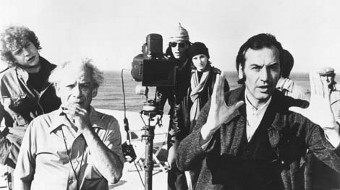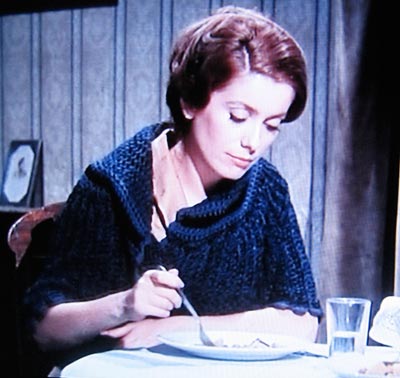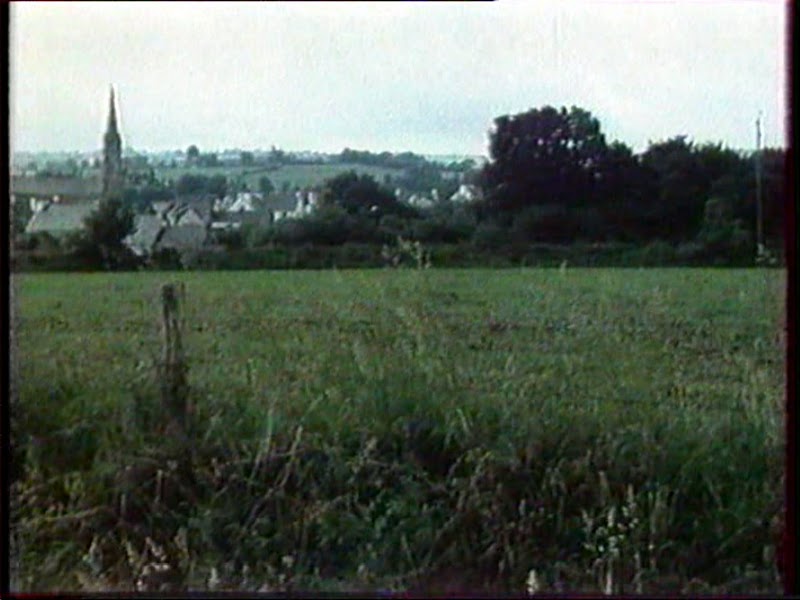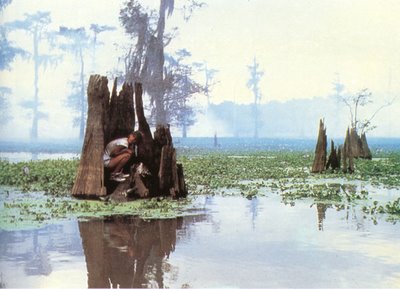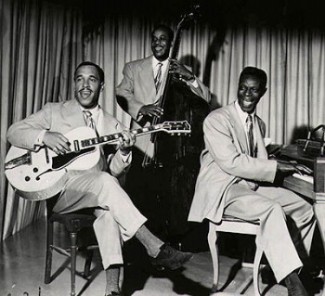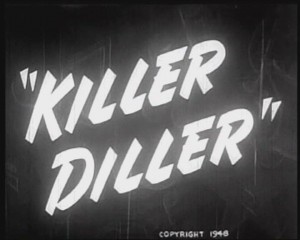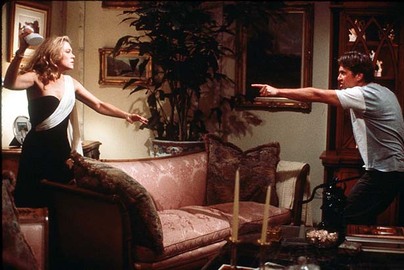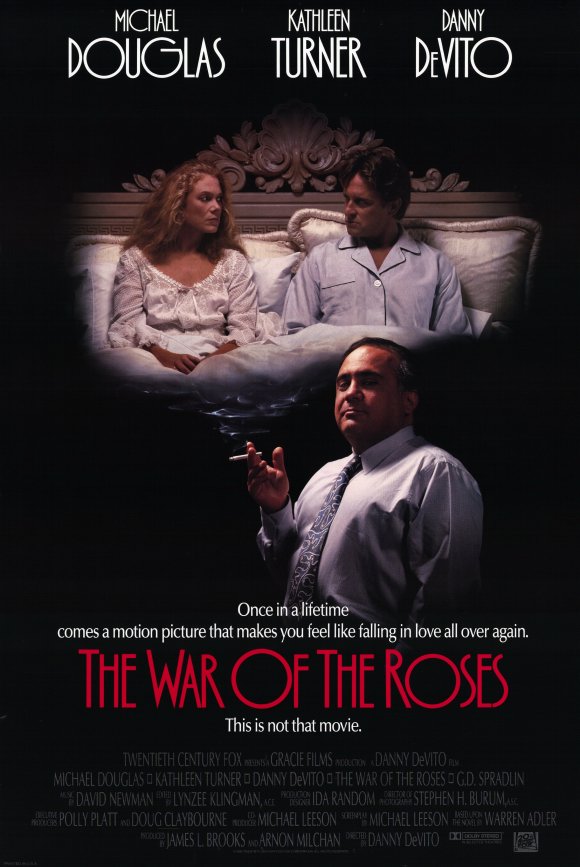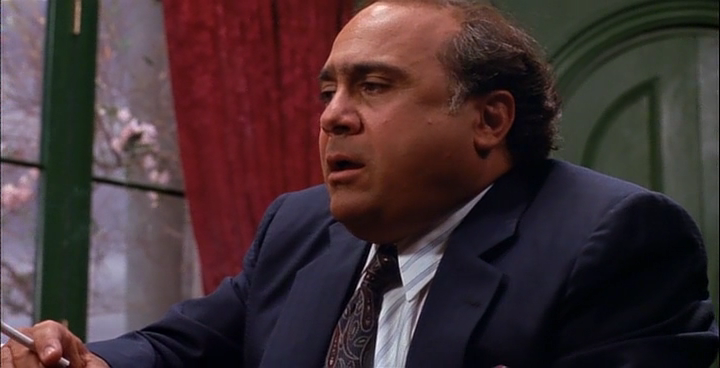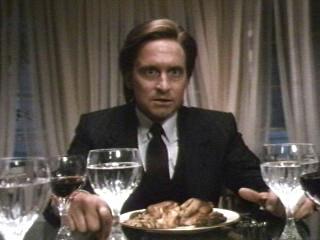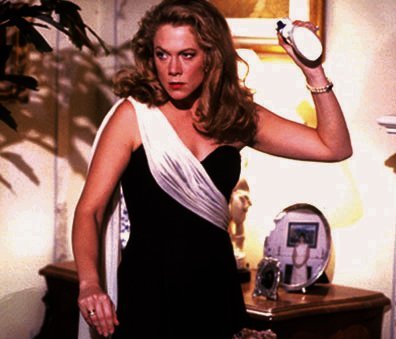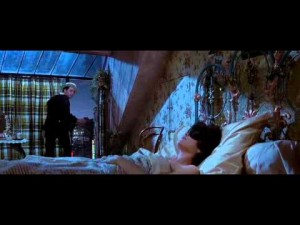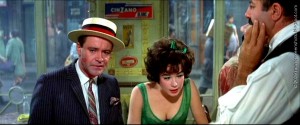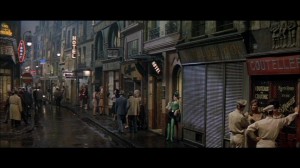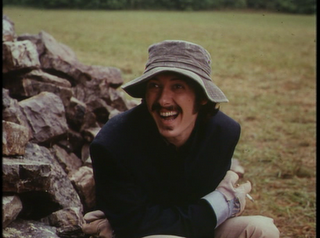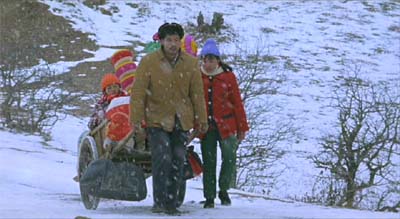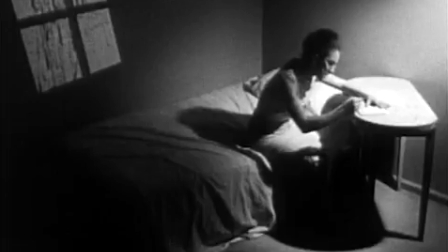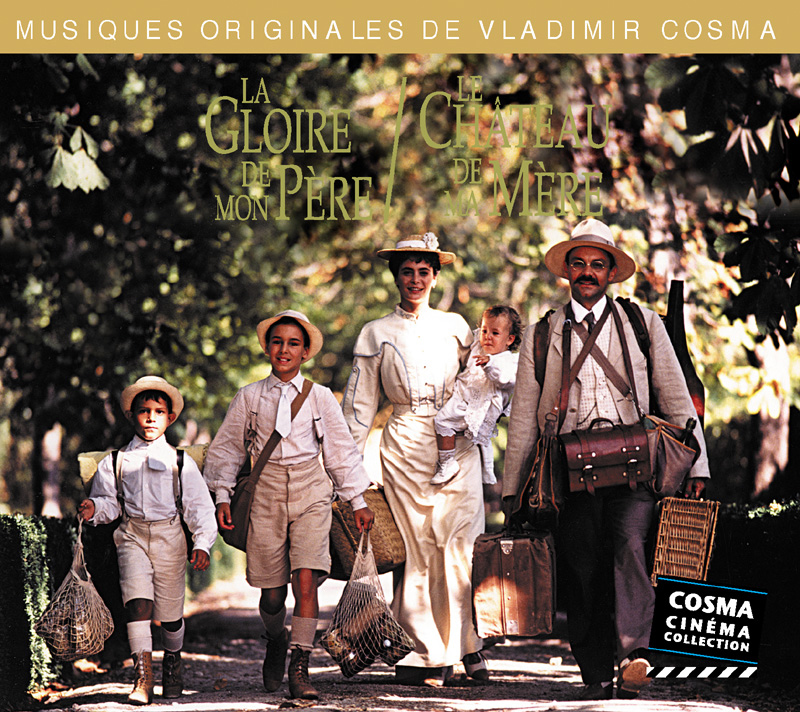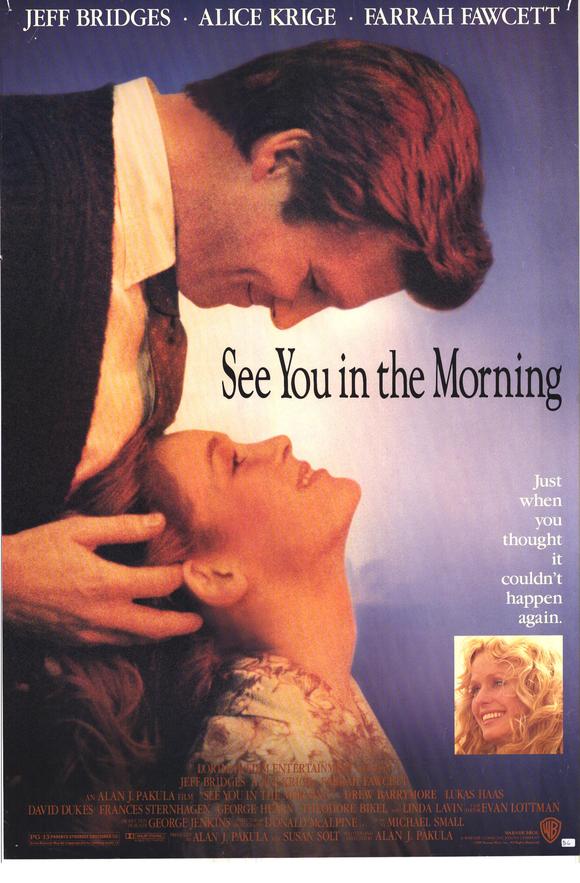From Stop Smiling, issue 36, 2008. — J.R.
It’s easy to argue that most of the greatest filmmakers in the history of movies can’t be reduced to single nationalities, and that an uncommon number of them worked as expatriates. “I’m not at home anywhere,” declares Friedrich Munro (Patrick Bauchau), the expatriate director-hero in Wim Wenders’ underrated The State of Things (1982) — shooting an apocalyptic SF film in a remote corner of Portugal until money suddenly runs out and he has to chase down the producer (Allen Garfield) in Hollywood, who appears to be fleeing from the Mafia. This line is actually a quote from a real-life, very great German expatriate director with a similar name, Friedrich Wilhelm Murnau. And it might be argued that a condition of homelessness has helped more major filmmakers than it’s hurt, maybe because it’s forced them to reinvent themselves — a process that has also often entailed reinventing their cinema.
Some examples of this tendency may not be immediately obvious. Luis Buñuel is usually regarded as quintessentially Spanish, yet he only made three films that fully qualify as Spanish — a short documentary called Land without Bread (1932) and two features, Viridiana (1961) and Tristana (1970). Read more

